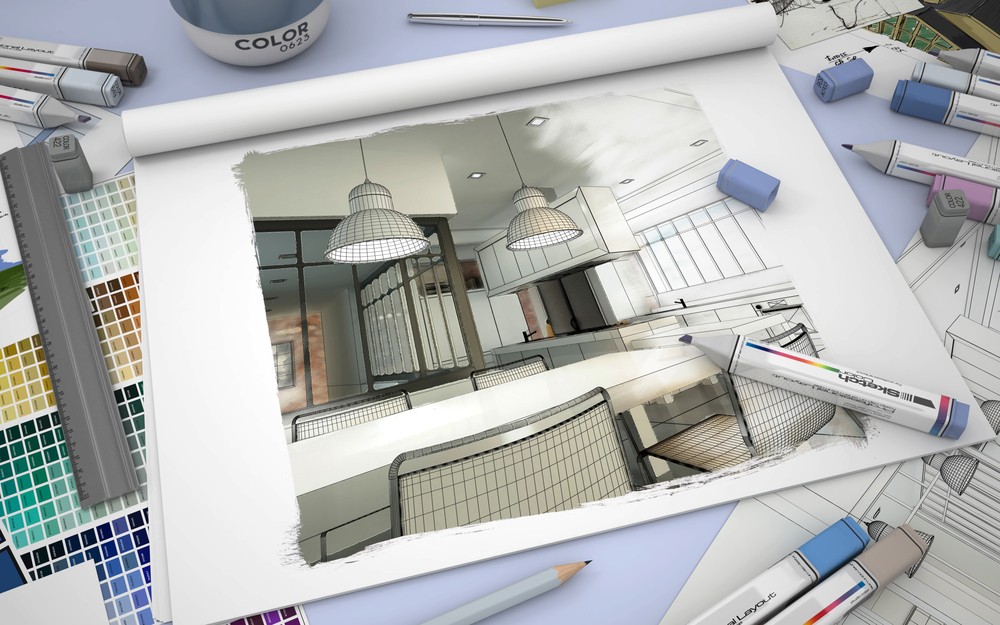Remodeling your kitchen to make it more energy efficient can pay off in the long run. Not only will you save money on energy bills, but you can also reduce your carbon footprint. Custom kitchen remodeling can make all the difference when it comes to creating a more energy-efficient kitchen. Here are some tips to help you get started.
- Choose Energy-Efficient Appliances: Replacing old appliances with energy-efficient models can have a major impact on energy savings. Look for models that have the Energy Star label, which indicates the appliance meets strict energy efficiency guidelines set by the U.S. Department of Energy.
- Install Energy-Saving Lighting: Adding energy-efficient lighting is an easy way to instantly reduce your energy consumption. Look for LED or CFL bulbs, which use far less energy than traditional incandescent bulbs. You should also consider installing motion-activated lighting or dimmers to save even more energy.
- Insulate Your Kitchen: Adding insulation to your kitchen walls and ceiling can help keep your kitchen warm in winter and cool in summer. This helps to reduce your heating and cooling costs, saving you money in the long run.
- Invest in Renewable Energy: Installing solar panels or a wind turbine in your kitchen can help you generate your own energy, reducing your reliance on the grid.
- Utilize Natural Ventilation: Installing windows or skylights can provide natural ventilation for your kitchen, which helps reduce the need for air conditioning.
- Update Your Cabinetry: Installing cabinets with energy-efficient features can help reduce energy usage. Look for features such as insulation, thermal mass, and low-emission materials.
- Upgrade Your Countertops: Consider using countertops made from recycled materials or renewable sources, such as bamboo or recycled glass.
By following these tips, you can create a more energy-efficient kitchen that also looks great. Not only will you save money on energy bills, but you can also reduce your carbon footprint. Custom kitchen remodeling can make all the difference when it comes to creating a more energy-efficient kitchen.
Energy-Efficient Remodeling for Bathrooms
Homeowners are looking for ways to make their homes more energy efficient, and one of the most popular upgrades is custom bathroom remodeling. By remodeling your bathroom, you can enjoy improved energy efficiency and cost savings on your utility bills.
One of the most important components of a bathroom remodel is the fixtures. Upgrading the showerhead, faucets, and toilet to more energy-efficient models can help reduce water consumption. Low-flow showerheads and faucets are designed to use less water while providing maximum pressure. Toilets that use less than 1.6 gallons per flush can save thousands of gallons of water each year. Additionally, installing a tankless water heater eliminates standby water loss, resulting in lower energy bills.
Another important component to consider during a bathroom remodel is the lighting. LED lights are more energy-efficient than traditional incandescent bulbs, and they last longer too. Installing dimmer switches and motion sensors can help further reduce energy consumption.
Insulation is another important factor to consider when remodeling your bathroom. Adding insulation to the walls, floors, and ceilings can help improve energy efficiency. Additionally, consider replacing your windows with energy-efficient models. This will help keep heated air from escaping the room, reducing energy costs.
Finally, consider replacing your old tub with a modern one. Walk-in tubs are designed to be more energy efficient than traditional tubs, and they provide extra safety features too.
Custom bathroom remodeling is an excellent way to improve the energy efficiency of your home. By replacing outdated fixtures, installing energy-efficient lighting, adding insulation, and switching to a modern walk-in tub, you can enjoy improved energy efficiency and cost savings on your utility bills.

